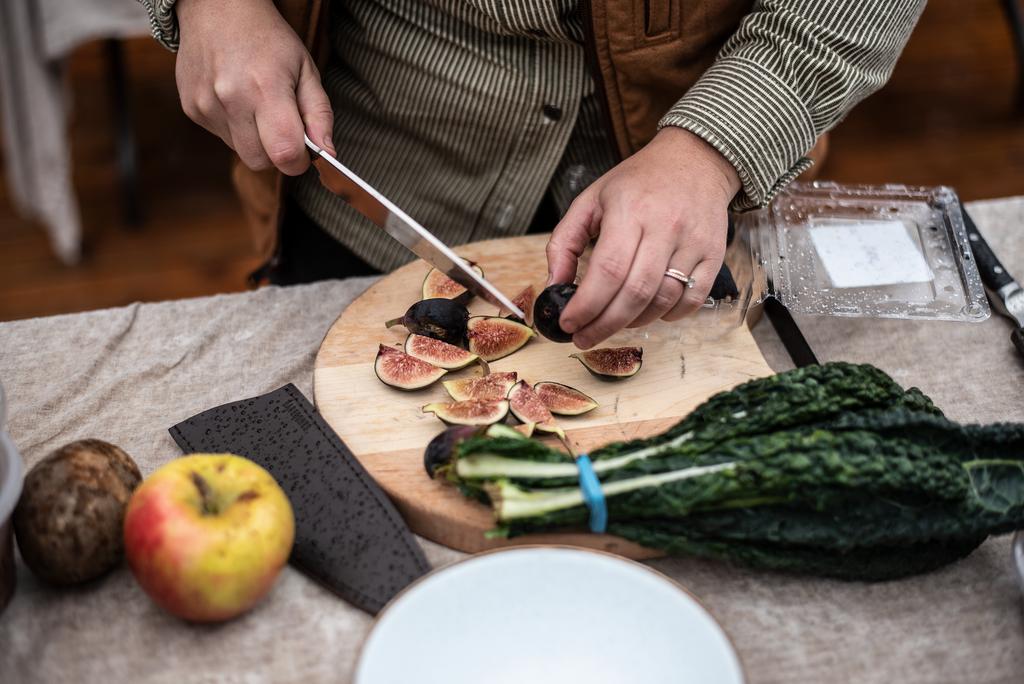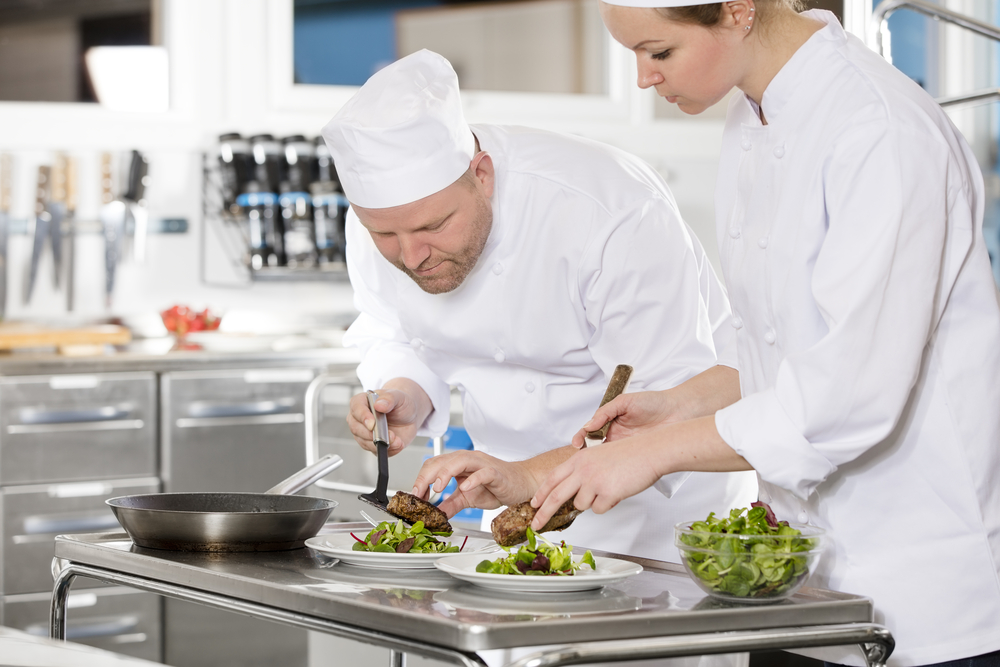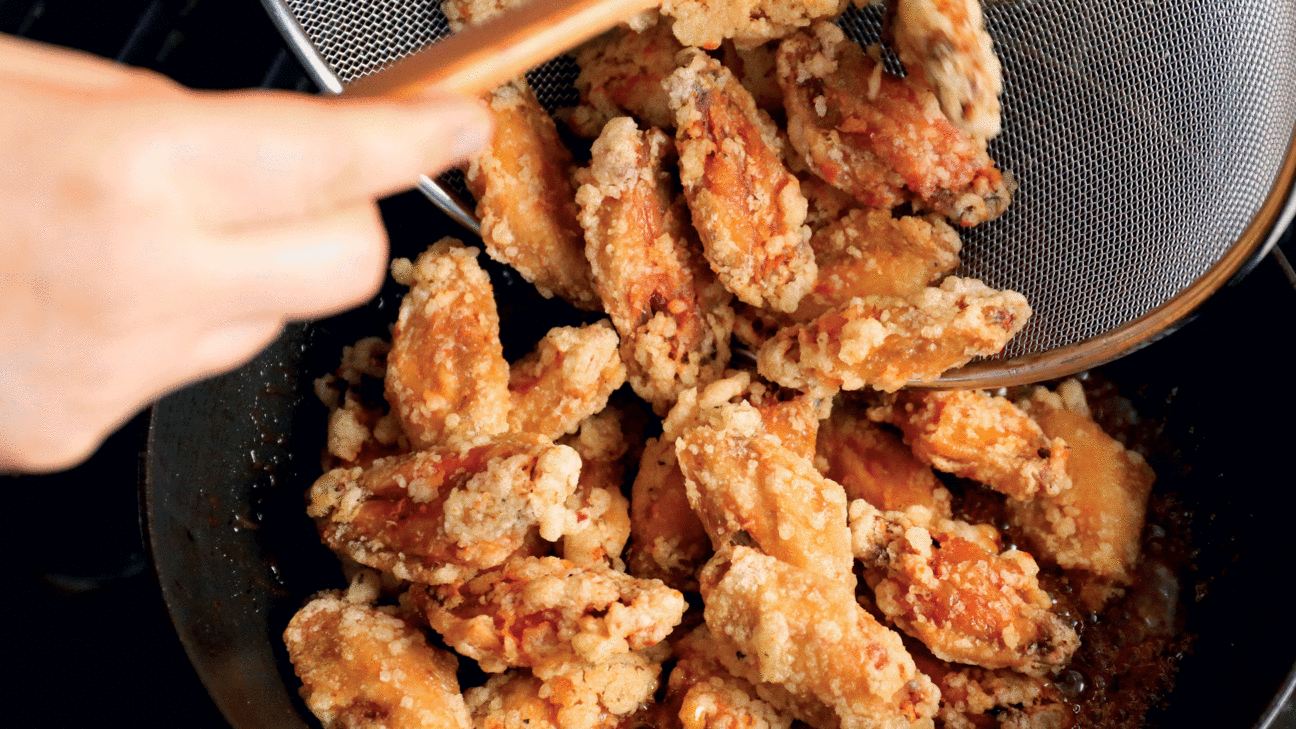
You should be able to create a simple, yet effective, cooking skills checklist for your kids. These skills include the ability to create creative recipes and ensure safety in the kitchen. These skills are vital for your child's development. Here are some tips. Here is a sample checklist.
Check out these essential culinary skills
The ability to properly prepare food is an essential skill for any chef. These skills include the ability to identify freshness, prepare meats, fruit, and vegetables, as well as convert standard recipes into larger batches. A chef must be proficient in time management, as well as a keen sense of smell and taste. In addition, he or she should be able to properly handle knives and food equipment.
Sauteing, a versatile cooking technique, can be used for many ingredients. Particularly delicious are lightly sauteed vegetables or shrimp in garlic butter. Braising, the oldest form of cooking, is usually done over an open fire. It is a fairly basic skill, but is still very useful. If you can boil a dish, you are on your way to becoming a good cook. You should also know how to use a knife, and safety tips.
Creative recipes
Creative recipes are essential to your success when cooking a meal. These recipes not only show your creativity but also demonstrate your skills. Divergent thinking is also known as creative thinking. It allows you to think outside the box to come up with innovative ideas. This is a crucial skill in a cooking career as it allows for you to experiment with different cooking techniques and flavours and impress your customers. With a creative mind, you can also try new flavors to impress your employer. Think of different flavors, and think up interesting themes. Try brainstorming and researching cooking methods to improve your creativity.

Another problem with defining cooking skills is that they are not consistent. While they disagree about which one is most important, the authors agree that the definition of the skill needs to change. They argue that the definition of a skill should be evolved from the perceived "Golden Age" when cooking skills were developed beyond a person's ability to prepare basic foods. To ensure a healthy and vibrant future of food, we must encourage their development and use.
Create a safe and secure environment in your kitchen
Developing a safe environment in a commercial kitchen is imperative for the health of your staff. With open fires, bacteria and electrical appliances in the kitchen, it can be dangerous. First, it is crucial to plan the cleanliness of your kitchen and install safety equipment. It is important to ensure children are not left unattended in the kitchen. A safety plan and proper training can help to prevent accidents.
All kitchen staff should be certified in fire-resistance or fire-safety. Training in fire-safety is offered by local fire departments. Fire extinguishers and fire blankets should be accessible to kitchen staff. They can also be used to manually instigate the fire suppression system. Employees should be trained in CPR, first aid and other skills as necessary. Kitchens should have nonslip flooring and mats, if possible.
How to identify food safety hazards
Identifying food safety hazards is an essential part of your overall safety program, whether you are preparing a meal for your family or catering for a special occasion. Identifying potential hazards is an important part of food safety, as it can prevent outbreaks of food poisoning and product recalls. Failure to identify potential hazards could lead to brand damage, regulatory action, and even brand destruction. Food businesses must adhere to Codex HACCP. Identifying hazards is an essential requirement.

There are many different physical hazards that can cause harm to humans. They can be natural or artificial and can come from people, plants, or even packaging. Different physical dangers have different chances of causing injury or illness. These hazards don't have to be necessarily dangerous. They just need to be eliminated. To find potential hazards, identify the source and figure out how to minimize it. You can also observe the product to identify the source of the danger.
FAQ
What is the cost of a culinary school?
Prices for Culinary School vary depending upon where you go, what program you select, and how long you stay there. The average tuition ranges from $10,000-$30,000 per year. The average student graduates with $20,000 in debt. Some programs offer scholarships, grants, or work-study opportunities.
What skills are required to enter a culinary school?
To become a chef, you must be able to cook well, work under pressure, and understand food safety regulations. For a basic understanding of cooking, it is advisable to enroll in cooking classes at the local high schools or community colleges. Once you've learned basic techniques, you'll need to find a job working for a restaurant or catering company.
How do you store leftovers best?
Tupperware containers are a good choice for leftovers. These containers are great for keeping food fresh and preventing odors from growing. They also keep foods warm for longer. Leftover food can be frozen in freezer bags. When freezing food, place the bag inside another freezer bag so that air doesn't escape. Once the food has been frozen, transfer it into an airtight container such as a zip lock bag.
Can I cook with my family?
Yes! Children love to help in the kitchen. It's an enjoyable activity that teaches responsibility and teamwork. From washing vegetables to chopping onion, children can help. Your children will be more comfortable helping you cook if you teach them safe techniques for handling knives.
How long does learning to cook take? How long will it take me to learn how?
It depends on your level of skill. Some people are able to learn basic cooking skills in a matter of days. Others might take months or years before they feel confident enough to teach themselves how to cook.
There are many factors that affect the time required to learn how cook. One example is that someone who has never tried cooking before would likely take more time to learn than someone who cooks often. Certain types of cooking require more skill than others. For instance, baking requires more knowledge than frying.
You should learn a particular technique to improve your cooking speed. Once you have perfected that technique, you can move on. Do not worry about how long it takes you to learn how to cook. You can just keep at it and enjoy the process.
Statistics
External Links
How To
How to make a perfect eggroll
Omelets are my favorite breakfast dish. How can you make them perfectly? There are many recipes and methods I tried, but none worked. So I wanted to share some tips and tricks so that you can make delicious, fluffy omelets every morn.
We should first know that eggs are very temperamental ingredients when making omelets. Eggs must be purchased fresh, preferably organic, and kept chilled until ready for cooking. They must be kept cool, otherwise the whites will not form properly and the yolks may become runny. This makes your omelets look weirdly colored. If you intend to cook your eggs immediately, it's best to use room-temperature egg.
Another tip is to separate your egg before adding it into the pan. Because this could cause your omelet to become curdled, you don't want any yolk to be mixed with any white.
The egg can burn if it is placed directly on the stovetop. Instead, place the egg in the microwave for 10 second before you put it in the skillet. The heat from the microwave cooks the egg just enough without overcooking it.
Next, let us talk about how to mix the eggs. You want to mix the eggs thoroughly before you add them. To do this, take the bowl from the mixer and flip it upside-down. Next, shake the bowl vigorously. This way, the air inside the bowl gets whipped around and mixes the egg thoroughly.
Now comes the fun part: adding the milk to your mixture. Fold the eggs in the milk mixture by first pouring half of it into the egg whites. Don't worry if there are still streaks of egg visible; these streaks will disappear once you flip the omelet.
After folding the eggs, place the pan on medium heat and wait for the oil to start sizzling. Once the oil begins to heat, add 1/4 cup butter and swirl the pan to coat it. Carefully open the pan's lid and add salt to the pan. The salt will help to prevent the omelet's sticking to the pan.
Cover the pan once you have formed the omelet. Wait for the top to set. Flip the omelet with a spatula, or flip it upside down. Cook the opposite side for another minute. Remove the omelet from the pan and serve immediately.
This recipe works best using whole milk. Skimmed milk is also possible.